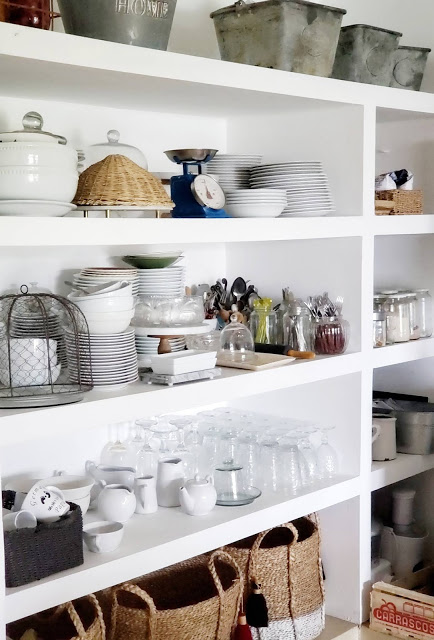Dictionary of wine tasting: the C
the C:
Cabezón: a wine with too much alcohol.
Broth: another way of naming the wine.
Hot: a sensation of heat produced by the alcohol or glycerin, a wine finished well.
Canid: flavor of musty, which is produced by the white mold that occurs in the remains of the wine.
Mahogany: is the color of the bookings in an advanced stage of parenting.
Layer: a measure of the amount of color in red wines.
Character: a mode of praise, is the set of inherent characteristics of a wine.
Caramelized: this is the scent sweet and roasted to acquire some wines with lots of ageing.
Carbonated: wine of inferior quality, aerated semi-industrially.
Uploaded: wine dense and too drunk.
Carmine: red color with violet tones that usually occurs in young wines.
Meaty: it is said of those wines full that leave the palate is dense and full.
Cassis: black currant whose aroma can be detected in some wines of great quality.
Chestnut: it is said that the taste of fruit that you leave some wines, above all, some chardonnays.
Tasting notes: analysis is done to the wine through the senses, sight, smell, and taste, to discern its qualities.
Blind tasting: the wine tasting in the wine you try you can not be identified previously.
Tasting notes varietal: this is the tasting that is done of different wines but all with the same grape variety.
Vertical tasting: it is performed to a same wine but different vintages.
Rubber: it is the defect that is observed in some wines by their contact with the rubber.
Cava: a sparkling wine whose natural process of development, from the second fermentation is done in the same bottle.
Cedar: wood smell noble to acquire some wines to which it gives a tint balsamic.
Kinesthetic learners: a set of sensations that remain after the study analytical of the sensory organs.
Strain: trunk of the see
Wax: smell usual in sweet wines and white dessert.
Closed: bottled wine that needs to aerate for you to develop your qualities.
Chacolí: light wine and acid product of grapes that have not yet reached madruez enough. It is typical of the Basque Country and Cantabria.
Chaptalisation: this is the action of adding sugars to the wort to get a better grade of alcohol.
Plum: characteristic aroma of wines and very ripe.
Civet: odor animal with tones of musk.
Claret: a wine obtained from the fermentation of the wort by mixing white grapes and red varieties.
Clove: is the scent that they leave some varieties of wine, as the Grenache.
Copper: taste of those wines that leave a touch harsh and penetrating.
Combative: came aggressive
Complex: a wine rich in nuances, well-developed and harmonized.
Compound: a wine that hides defects produced by practices not common.
Common: wine without some specific qualities that make it stand out.
Cork: smells and tastes that are transmitted to the wine by plugs of poor quality.
Crown: figure drawing the bubbles in the glasses in sparkling wines, rising to the surface.
Short: of very weak flavor.
Coupage: a blend of different vintages.
Breeding: is the process by which the wine takes time to acquire their specific qualities through techniques controlled.
Crystal: wine limpid and bright.
Crude oil: very young wine, with yeasty flavor.
Leather: aroma and characteristic flavour that can occur in wines very old.
Body: wine with flavors that fill the senses. Good body and structure in the wine.
Dictionaries of tasting wine:
- Dictionary of the To
- Dictionary of the B



